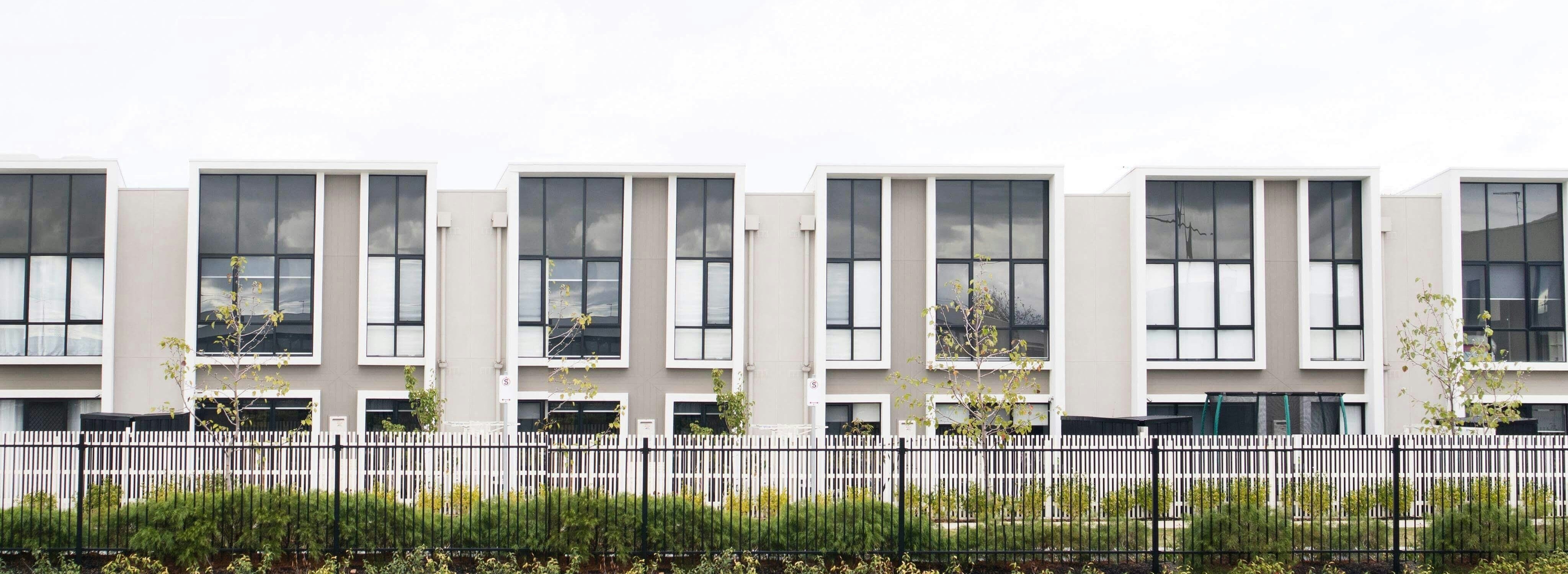This past month saw hundreds of New Zealanders scrambling to prepare for yet another deluge. It's been a devastating time for New Zealand in which we lost loved ones, homes and possessions.
Simple reactive measures such as packing sandbags to help stave off the unprecedented rains provided a sense of control in a time of helplessness, a feeling that perhaps we could, in some minor way, foil mother nature’s relentless pursuit to damage and destroy.
As the country works through the recovery there has been a lot of talk about adaptsion and protection in the last few weeks. Absolutely we should be considering sponge cities, properly embedding permeability and stormwater runoff into our planning and regulatory system. Absolutely we should be considering managed retreat from coastal areas and planning for the inevitable impacts of climate change. We absolutely should be ensuring we are building away from flood plains and prioritising more climate resilient homes and communities. But at the end of the day, these measures are nothing more than sandbags; barriers against a major long-term danger.
We must focus on mitigating climate change causing pollution. Protective measure are important, but crucially we have the opportunity to take steps to mitigate the degrees of warming in the first place. We have the opportunity to slash emissions, to fight to prevent every tenth of a degree of warming caused by our treatment of the planet. Every step to reduce our emissions is helping reduce the need for that sandbag wall. It’s reducing the frequency of flooding, drought, and future cyclones.
For us in the building and construction industry, that means tackling the massive amount of waste we produce, designing and building with materials with the lowest carbon footprint. It means creating homes, buildings, and communities that perform in the most efficient way possible and that facilitate the sustainable ways of living we should be striving for. It means reducing the emissions of our existing buildings and homes, creating spaces that enhance nature and biodiversity, and that are suitable for the local environment and its climate. All of these steps are possible now.
We will continue to highlight the resilience and adaptation credits in our Homestar and Green Star tools. But it is essential we continue to push for low-carbon homes and buildings, for an ambitious Building for Climate Change programme, for energy labels on buildings and for a deep retrofit programmes to give us the homes we deserve.
There’s a lot to do, and a lot of areas to encourage action and influence. Join us and our friends from Property Council New Zealand at the Green Property Summit in May. This election year is an opportunity to push for committed climate response. At a local government level we can encourage our councils to put lower carbon buildings and homes at the forefront of their plans. If you’re in Tāmaki Makaurau then be sure to have a say on the Annual Budget 2023/24.
If we go about slashing climate change emissions with the same urgency and community spirit as we did when faced with the impacts of climate change, we can make a huge difference. Climate change is real, it’s here, and we’re running out of time to not just put barriers in place to protect ourselves from it, but to reduce the need for those barriers in the first place.



